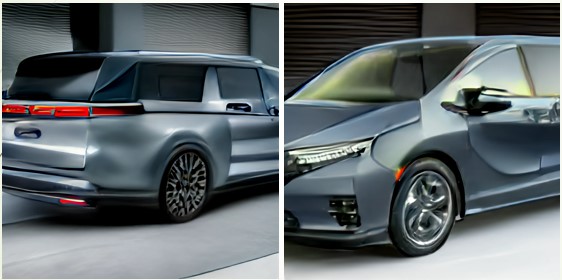How The Electric Car Battery Works
The electric car battery is a crucial component that powers the vehicle by providing the necessary electrical energy to run the electric motor. In simple terms, think of the battery as a rechargeable energy storage unit, much like the one in your smartphone but on a larger scale.
Most electric car batteries use lithium-ion technology. Inside the battery, there are individual cells that contain positively charged lithium ions and negatively charged electrons. When the electric car is in use, these ions move from the negative electrode (anode) to the positive electrode (cathode) through an electrolyte solution. This movement of ions generates an electric current, which is then used to power the electric motor, propelling the vehicle.
During charging, the process is reversed. Electricity is supplied to the battery, causing the lithium ions to move back to the anode. This replenishes the energy storage, allowing the battery to be reused for powering the car in the future.
It’s worth noting that advancements in battery technology are ongoing, aiming to improve efficiency, increase energy density, and reduce costs, making electric vehicles more practical and accessible for a wider audience.


